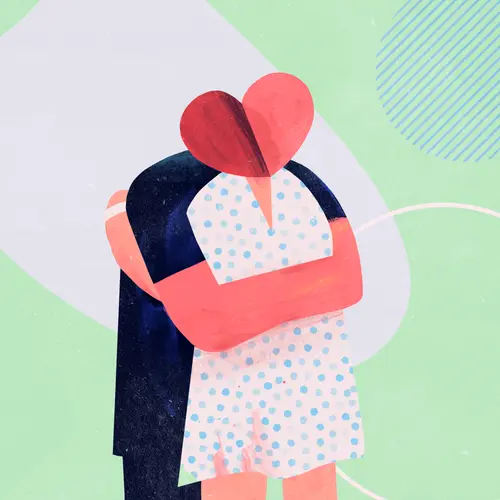For many people with COVID-19, fatigue is a fairly common symptom. It can make you feel dull and tired, take away your energy, and eat away at your ability to get things done. Depending on the seriousness of your COVID-19 infection, it may last 2 to 3 weeks. But for some people with a severe infection, the brain fog-like fatigue and pain can linger for weeks or months. It may last even after your COVID-19 infection clears up.
What Does COVID Fatigue Feel Like?
When your body is fighting off a viral infection like COVID-19, you may feel very tired and find it hard to focus. This is fatigue.
Depending on the severity, symptoms can range from:
- Chronic tiredness or sleepiness
- Headaches
- Dizziness
- Sore or achy muscles
- Muscle weakness
- Slow reflexes and responses
- Poor decision-making skills
- Moodiness and irritability
- Poor hand-to-eye coordination
- Loss of appetite
- Reduced immune system function
- Blurry vision
- Short-term memory problems
- Poor concentration
- Inability to pay attention to surroundings or the situation at hand
- Low motivation
- Hallucinations
Long-Haul COVID and Fatigue
Long-haul COVID or Long COVID is when symptoms last weeks or months after the COVID virus clears from the body. Many people deal with ongoing chronic fatigue, or “post-viral fatigue.” Symptoms can include brain fog and pain.
In 2022, 6.9% of adults in the U.S. ever had Long COVID and 3.4% of adults had Long COVID at the time of the survey.
While experts aren’t exactly sure what causes lasting fatigue and long COVID-19, some researchers say that the body’s natural response may be thrown off after it comes in contact with certain types of infection. They believe fatigue from long COVID is similar to the symptoms of a complex condition called myalgic encephalomyelitis/chronic fatigue syndrome (ME/CFS).
What Can I Do to Manage COVID Fatigue?
Fatigue can drain your energy and keep you from doing day-to-day things when you’re down with a viral sickness like COVID-19 or long-haul COVID-19.
To manage your health and ease fatigue symptoms while you’re sick or post-COVID, you should:
- Accept that fatigue is a real side effect of having COVID-19.
- Make sure to get a good night’s sleep. This can help your body preserve energy.
- Try relaxation techniques like mindful meditation, aromatherapy, yoga, and tai chi. These can help to reduce stress and fatigue symptoms.
- Plan ahead on what you can get done with limited energy.
- Prioritize the tasks that are important. This will help you spend energy on only those things that need to be done.
- Delegate certain tasks to others who can complete them for you. This can include activities like grocery shopping or cooking.
- Try to stay active. A viral infection can knock your energy out, but moving and light exercise can energize you.
- Keep a diary on all things that either trigger your fatigue or make it worse. This will help you steer clear of energy-draining activities.
- Eat foods that give your body energy.
- Stay hydrated.
When Should I See a Doctor About COVID Fatigue?
If you’ve had COVID-19 and you notice your fatigue symptoms lasting more than 2 to 3 weeks, it’s best to let your doctor know about it.
See your doctor if:
- Your fatigue gets worse rather than better.
- Your symptoms haven’t changed after 4 weeks.
- You are worried or have other new symptoms.
Experts and doctors are still learning about the coronavirus that’s causing the COVID-19 pandemic. Currently, the CDC recommends that everyone 6 months and older get a COVID-19 vaccine to prevent a COVID infection and its symptoms.
The vaccines are safe and effective in preventing and limiting the spread of the virus. If you’ve had COVID-19, wait until the infection clears before you get one. If you’re not sure, ask your doctor.

